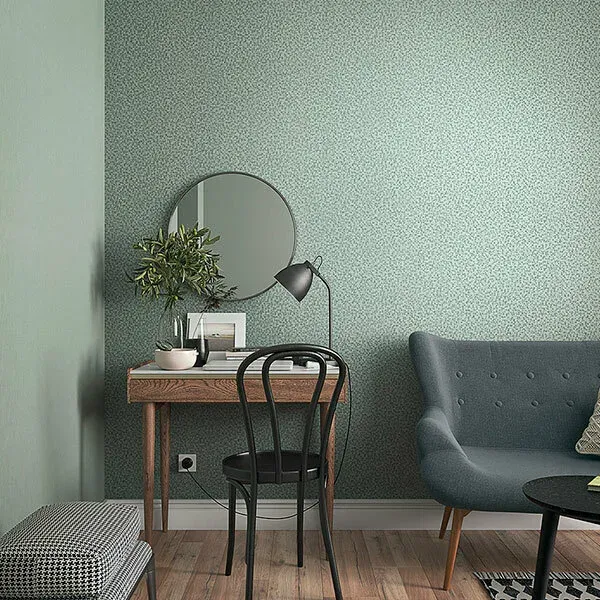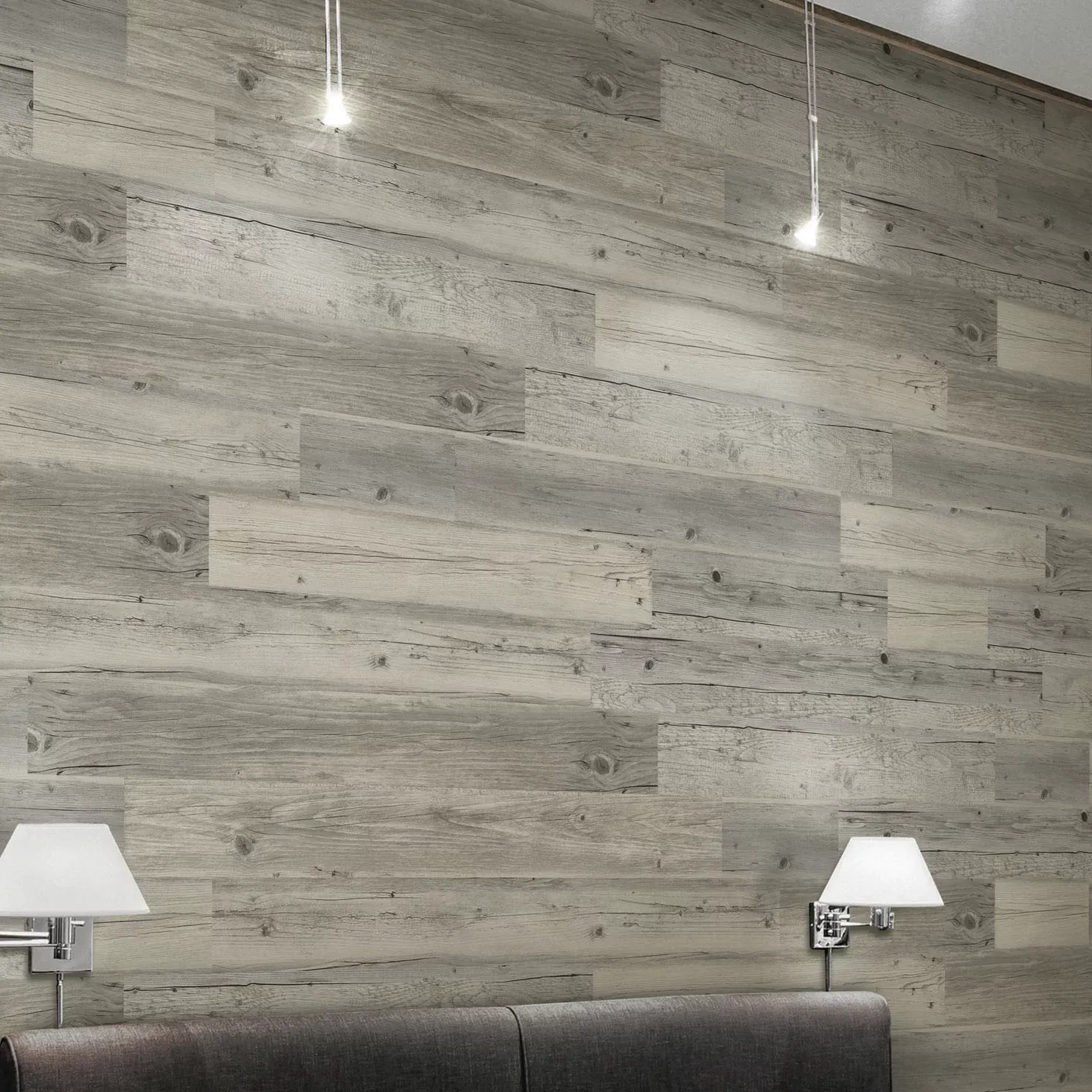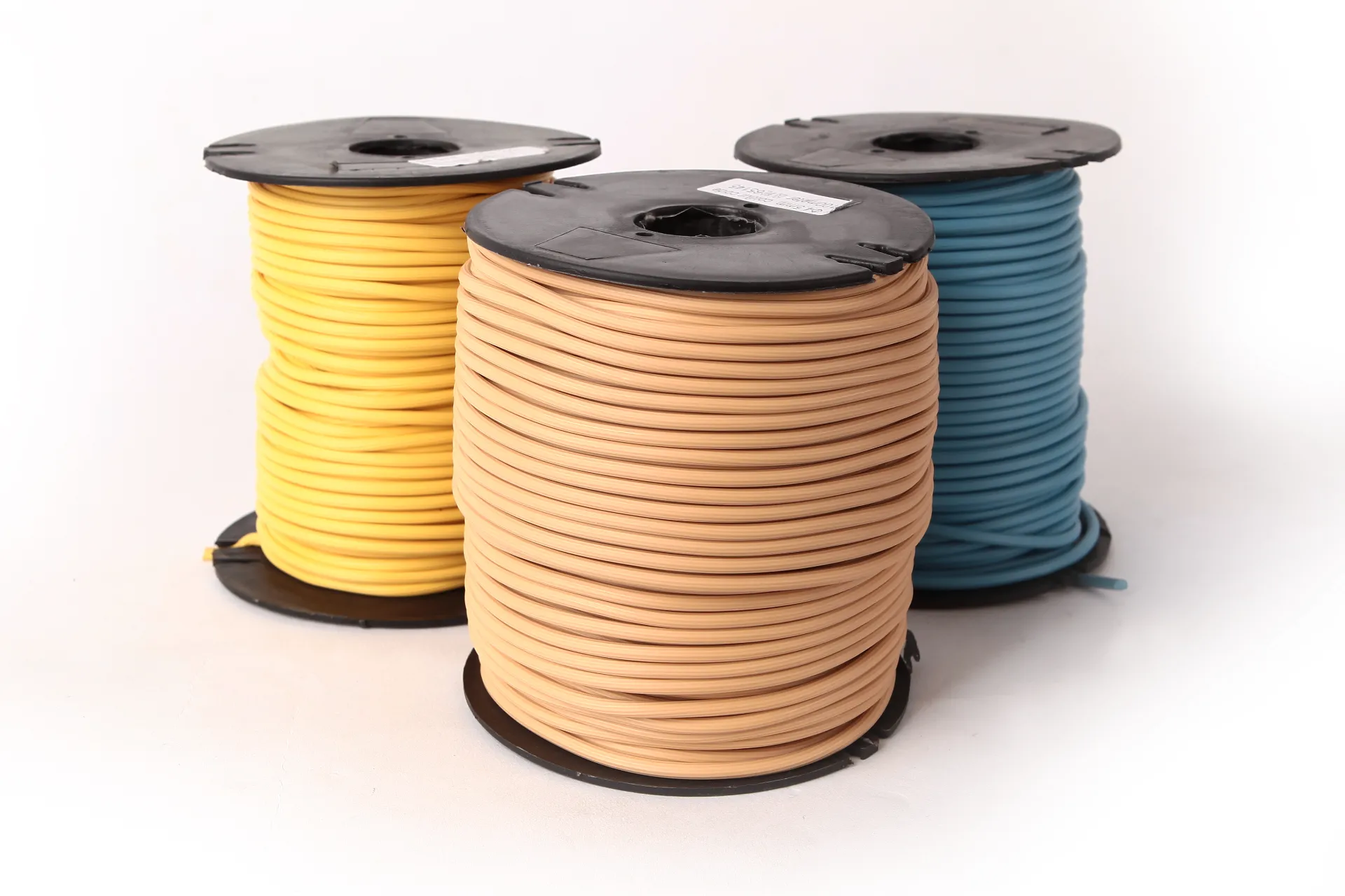Premium Aluminum Skirting - Durable & Stylish Floor Protection
Advanced solutions for durable, elegant, and sustainable interior transitions
Aluminum material Skirting, manufactured by Guangzhou Enlio Sports Goods Co.,Ltd, represents the next evolution in interior architectural finishing. Skirting boards, traditionally crafted from wood or plaster, serve the dual purpose of protecting walls from damage while concealing the unsightly junction between the wall and floor. Our Aluminum skirting boards, however, elevate this essential component to new heights. Known for its lightweight nature, high strength-to-weight ratio, and unparalleled corrosion resistance, aluminum material is ideal for enduring the rigors of both residential and commercial environments.
View Product Details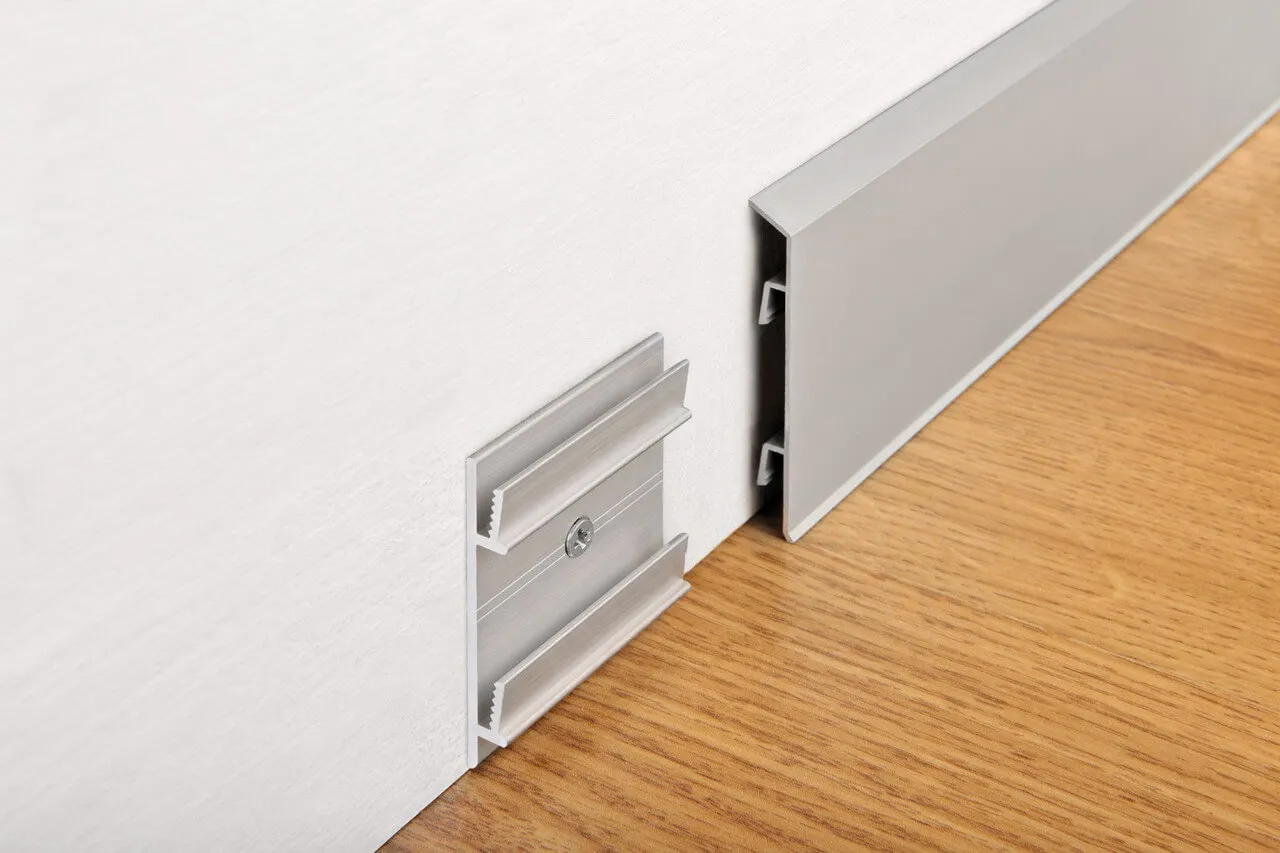
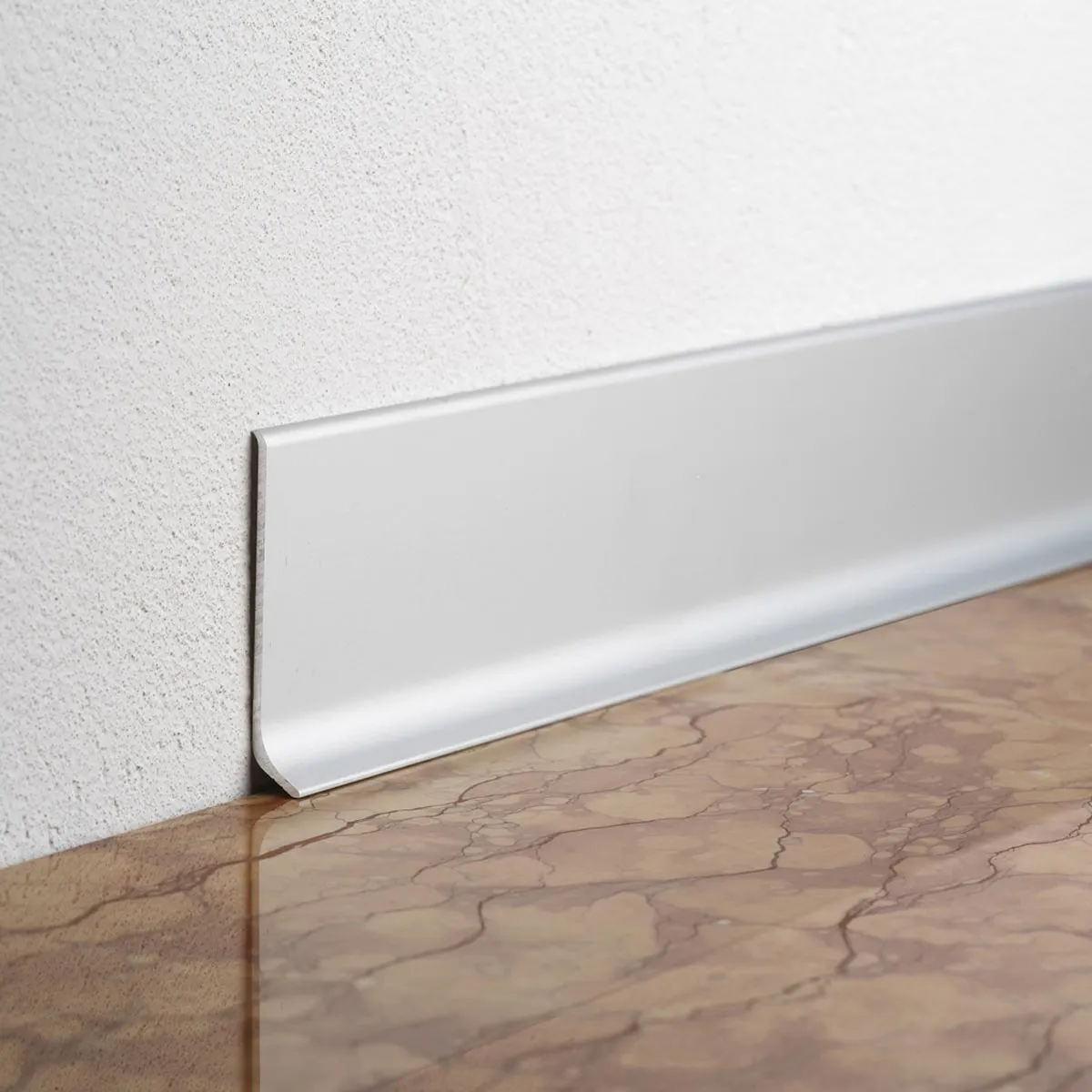
Industry Trends and Applications of Aluminum material Skirting
The global market for skirting boards has seen a paradigm shift toward aluminum materials in the past decade. According to the Architectural Finishing Association (2023), aluminum-based skirting solutions now account for 42% of new installations in commercial spaces and 28% in high-end residential projects, growing at approximately 11.7% annually.
Aluminum material Skirting offers unprecedented advantages in various environments. In healthcare facilities, its non-porous surface prevents bacterial growth, meeting stringent hygiene requirements. Educational institutions benefit from its impact-resistant properties that withstand daily wear and tear. High-traffic retail environments appreciate the durability and low-maintenance characteristics of aluminum profiles, while luxury hotels utilize premium finishes for their aesthetic flexibility.
The sustainability benefits are equally impressive. As reported in the Journal of Sustainable Architecture (DOI:10.1016/j.jsa.2022.11.003), aluminum skirtings contribute significantly to LEED certification points due to their high recycled content (often 70-95%) and 100% recyclability at end-of-life. These environmental benefits have accelerated adoption as green building standards become increasingly rigorous worldwide.
Technical Specifications of Aluminum material Skirting
| Parameter | Value | Testing Standard |
|---|---|---|
| Material Composition | 6063-T5 Aluminum Alloy | ASTM B221 |
| Thickness | 1.2mm - 3.0mm | ISO 2768 |
| Height Options | 50mm, 70mm, 100mm, 120mm | EN 13964 |
| Surface Hardness | ≥10H (Pencil Hardness Test) | ASTM D3363 |
| Corrosion Resistance | 1,000+ hours salt spray test | ASTM B117 |
| Thermal Expansion | 23.6 μm/m·°C | ASTM E228 |
| Weight | 350-850 g/m | ISO 10140 |
| Fire Rating | A2-s1,d0 (Non-combustible) | EN 13501-1 |
Surface Finish Options
| Finish Type | Characteristics | Applications |
|---|---|---|
| Anodized | Enhanced hardness, corrosion resistance | High-humidity areas, coastal regions |
| Powder Coated | 300+ color options, UV-resistant | Design-sensitive environments |
| Wood Grain | Authentic wood appearance | Residential interiors |
| Brushed Metal | Contemporary aesthetic | Commercial spaces |
| High-Gloss | Reflective surface, modern appeal | Retail, luxury spaces |
Performance Comparison Analysis
Installation Expertise: Best Practices
Installing Aluminum material Skirting requires specialized expertise that our team at Guangzhou Enlio has refined over a decade of implementations. Unlike traditional materials, aluminum skirtings use a unique clip-and-channel system that allows for thermal expansion without compromising structural integrity.
For optimal results, we recommend a two-step process: First, secure the base channel to the wall using corrosion-resistant fasteners at 400mm intervals. Second, snap the aluminum profile into the channel, ensuring a 3-5mm expansion gap at all corners. This methodology meets ISO 8560 standards for interior architectural metalwork and has been validated through our installations at more than 500 commercial projects across Asia.
Expert FAQ: Aluminum material Skirting
Q: What thickness is optimal for high-traffic commercial environments?
A: For areas with significant foot traffic, we recommend 2.0mm-2.5mm thickness profiles. This provides impact resistance equivalent to 15mm MDF skirtings while maintaining the lightweight advantages of aluminum.
Q: How does aluminum skirting accommodate wall irregularities?
A: Our flexible mounting system incorporates a compression feature allowing ±5mm tolerance adjustment during installation. This significantly outperforms rigid materials like ceramic or solid wood that require perfect wall surfaces.
Q: What finishes maintain appearance in UV-exposed areas?
A: Powder-coated finishes with UV stabilizers maintain color integrity for 15+ years. In independent testing (ISO 105-B02), our coatings demonstrated less than 5 Delta-E color shift after 3,000 hours of UV exposure.
Q: How are electrical conduits integrated?
A: Our specialized profiles feature integrated cable channels certified to IEC 60529 IP54 standards. This allows safe concealment of low-voltage wiring while maintaining accessibility for maintenance.
Q: What jointing systems prevent visible seams?
A: We utilize precision-milled connectors with interference fit tolerances of ±0.05mm. Combined with color-matched sealants, this creates virtually invisible joints between sections.
Q: How do expansion characteristics affect long-term performance?
A: Aluminum's linear expansion coefficient (23.2 μm/m·K) requires proper accommodation. Our installation systems include thermal compensation features that prevent buckling in temperature ranges from -20°C to +60°C.
Q: Are there recycled content certifications?
A: Yes, our profiles contain 65-85% post-industrial recycled content as certified by UL Environment to ISO 14021 standards. Full Life Cycle Assessment documentation is available for LEED projects.
Innovations in Aluminum Profile Manufacturing
At Guangzhou Enlio, our manufacturing process incorporates advanced technologies that elevate Aluminum material Skirting to unprecedented quality levels. Our proprietary extrusion process utilizes precision-controlled temperatures and patented die designs that produce profiles with dimensional tolerances of ±0.05mm—significantly exceeding industry standards.
The surface treatment process employs eco-friendly nanotechnology coatings. These nanoceramic treatments create surfaces with contact angles >110°, making them fundamentally stain-resistant. A recent case study published in the Journal of Architectural Coatings (DOI:10.1080/10601325.2023.1881502) documented how these coatings maintained pristine appearances in restaurant environments without cleaning for 18 months.
Industry Research and References
For more information on our Aluminum material Skirting solutions, visit our product page at www.enliofloor.com/aluminum-material-skirting.html or contact our technical team for project-specific consultation.
-
Masking Tape: Clean Removal, Precision Lines, Pro-GradeNov.10,2025
-
Skirting: MDF, Oak & SPC | Durable, Easy-FitNov.10,2025
-
Commercial VCT Tile Flooring – Durable, Low-MaintenanceNov.10,2025
-
LVT Vinyl Floors – Waterproof, Scratch‑Resistant, Easy ClickNov.10,2025
-
Masking Tape - Pro-Grade, Clean Removal, Crisp LinesNov.10,2025
-
Premium Masking Tape - Sharp Lines, Clean RemovalNov.10,2025


